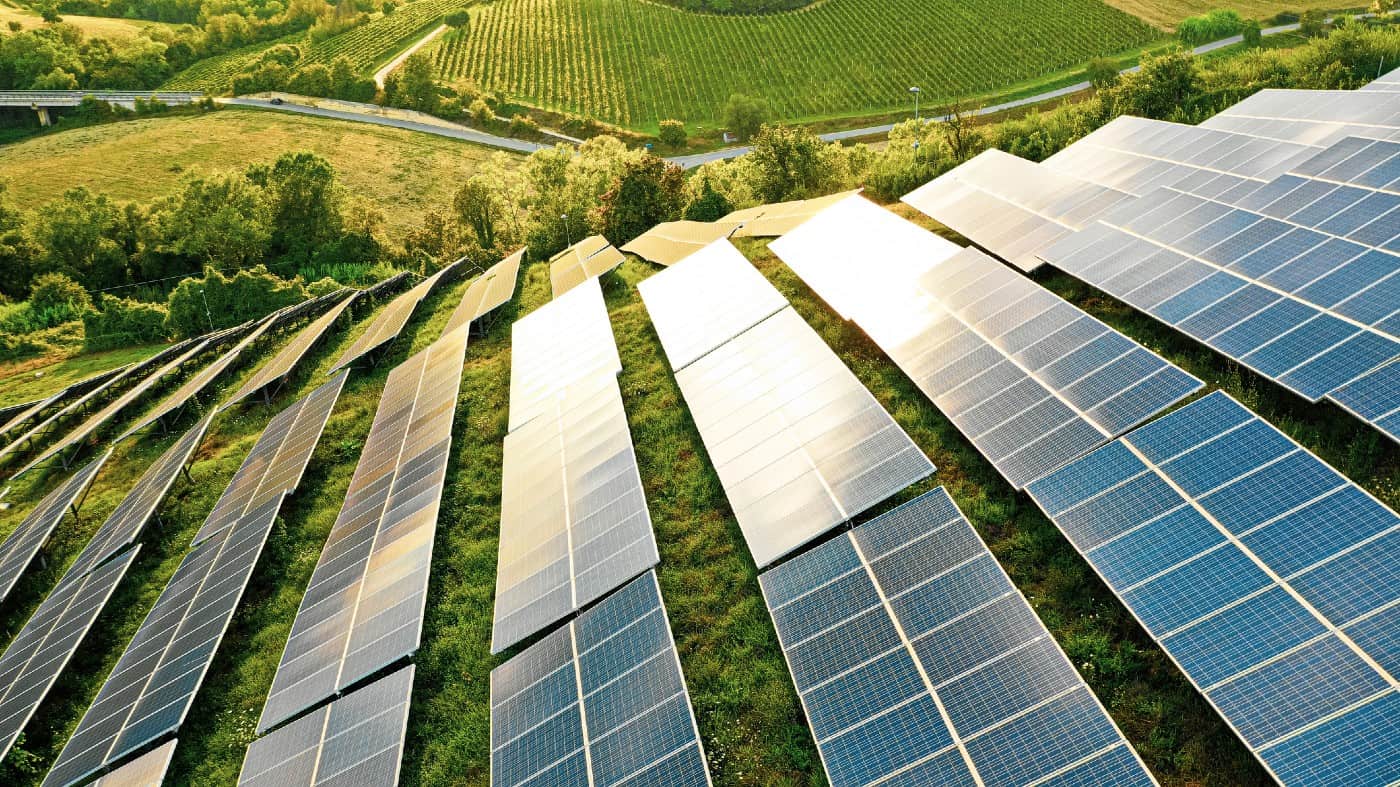As sustainability becomes an increasingly important investor consideration, green stocks are gaining momentum. From hydrogen power to wind farms and solar energy, there is no shortage of technologies out there to fuel the world’s net zero ambitions.
However, unearthing the next multi-bag growth stock is fraught with risk. Just because a hot company is heavily invested in a technology that eventually becomes mainstream, doesn’t guarantee it will be a player in that future. I prefer, instead, looking in the FTSE 100, and one stock fits the bill perfectly.
Renewable energy stocks
But first, two I won’t be buying. One of the most popular stocks is Greencoat UK Wind. Its portfolio (via numerous special purpose vehicles) of 40 wind farms is capable of generating 1,290MW of electricity. Its dividend yield stands at 5.1%. However, reliance on wind power as its sole source of revenue worries me. For example, the low wind speeds experienced across the UK last summer hit profits across the sector.
ITM Power is another company making a splash in the renewables space. Its innovative technology powers integrated hydrogen energy systems. But like so many of its peers, it’s unprofitable. This makes it a highly speculative bet and not for me.
A FTSE 100 stalwart
When one thinks of investing in the renewables space, mining giant Glencore (LSE: GLEN) is unlikely to be top of most investors’ list. After all, the company has an extensive interest in coal production and oil. However, it is in fact a highly diversified natural resource producer and marketer of over 60 commodities, many of which will have a critical role to play in the energy transition.
On Tuesday, its share price hit a 10-year high following the release of its 2021 results. Record or near-record prices for base metals such as copper, cobalt, zinc and aluminum meant that profits surged to $5bn. Adjusted EBITDA rose 84% to $21.3bn. On the back of these impressive figures, it declared a dividend of $0.26 per share, as well as announcing a $550m share buyback. In total, that equates to an inflation-beating dividend yield of 7%.
Is Glencore a buy?
Glencore’s share price has risen 300% since the pandemic lows. Many will therefore wonder how much higher it can go from here. The consensus among analysts is that profits will peak in 2022 before declining in 2023. However, as a long-term investor, I am much more interested in where the share price will be in 10 years’ time.
In order for the world to meet ambitious greenhouse gas emissions targets, we are going to need to completely transform our economy. EVs, heat pumps, photovoltaic energy and the likes all require large quantities of base and precious metals, most of which Glencore mine and market. In particular, I see huge demand being placed on copper and silver throughout this decade.
However, like many of its competitors, Glencore has not been deploying significant capital for exploration of either base or precious metals. Ageing assets and declining ore grades are likely to result in supply and demand imbalances remaining for some time to come. Of course, this creates a risk as it will need to pay a premium to acquire junior explorers to replenish its dwindling reserves. It is also facing an ongoing fraud investigation for which it has set aside $1.5bn. Accepting these risks, I would add it to my portfolio, today.







